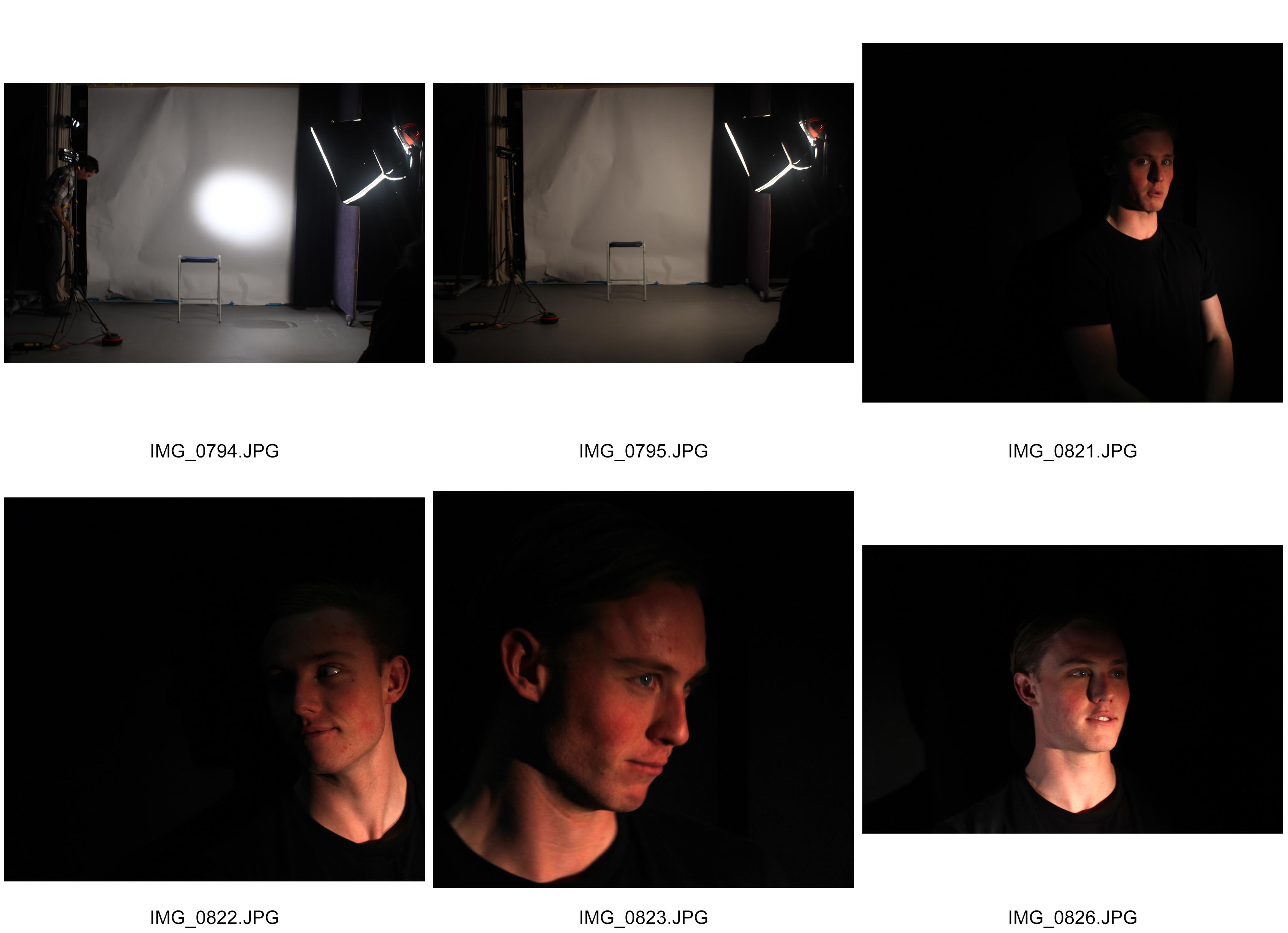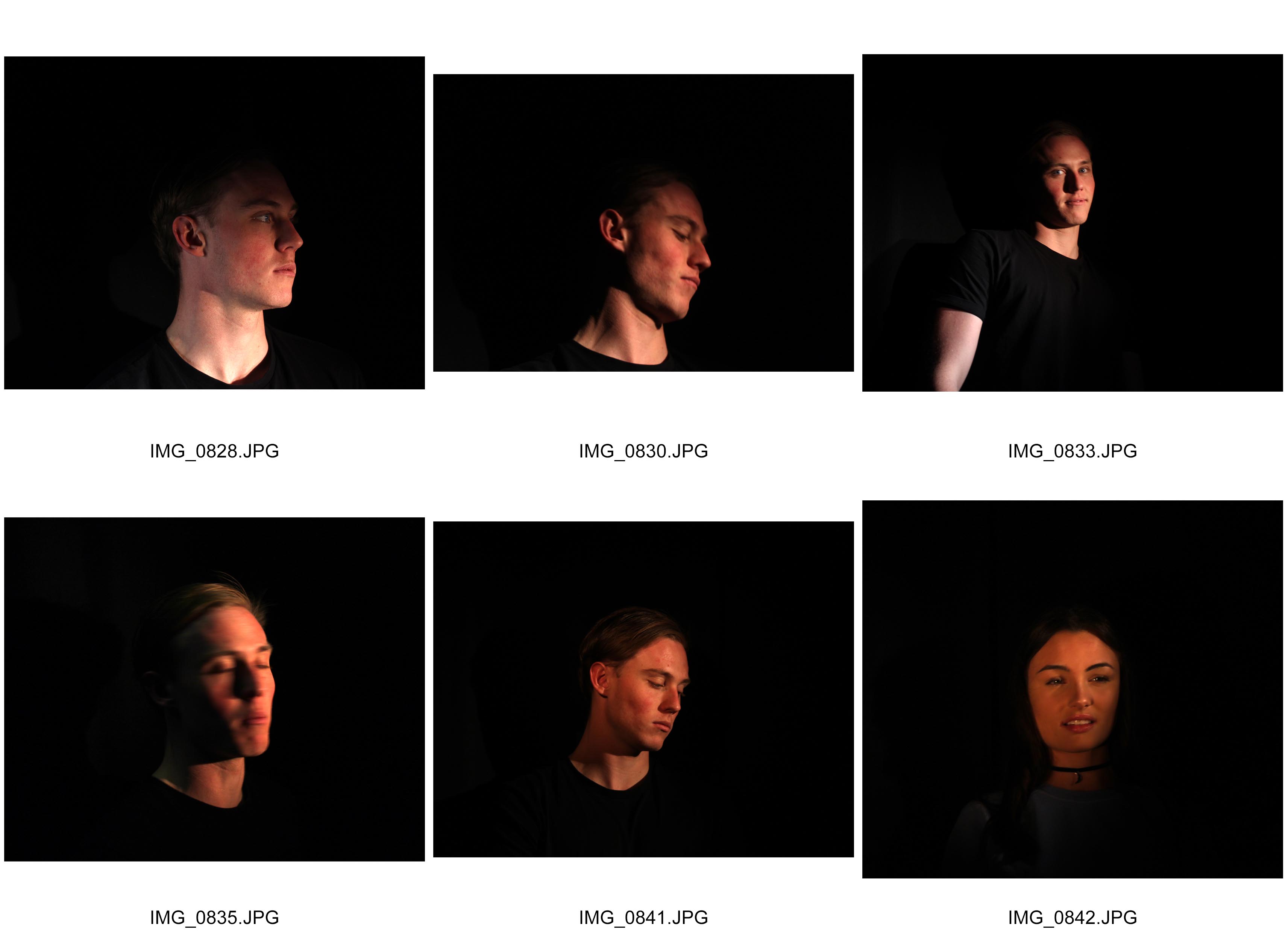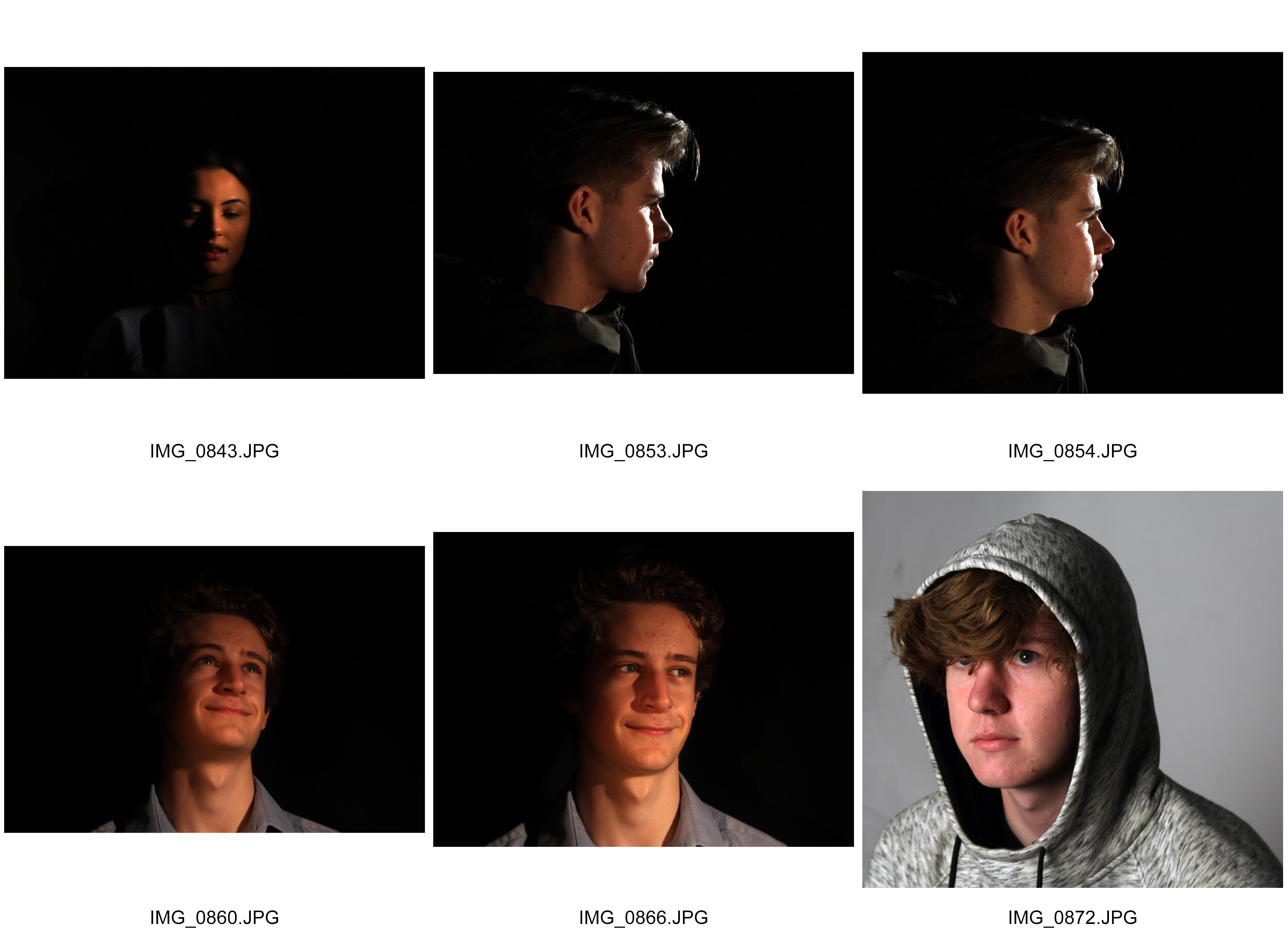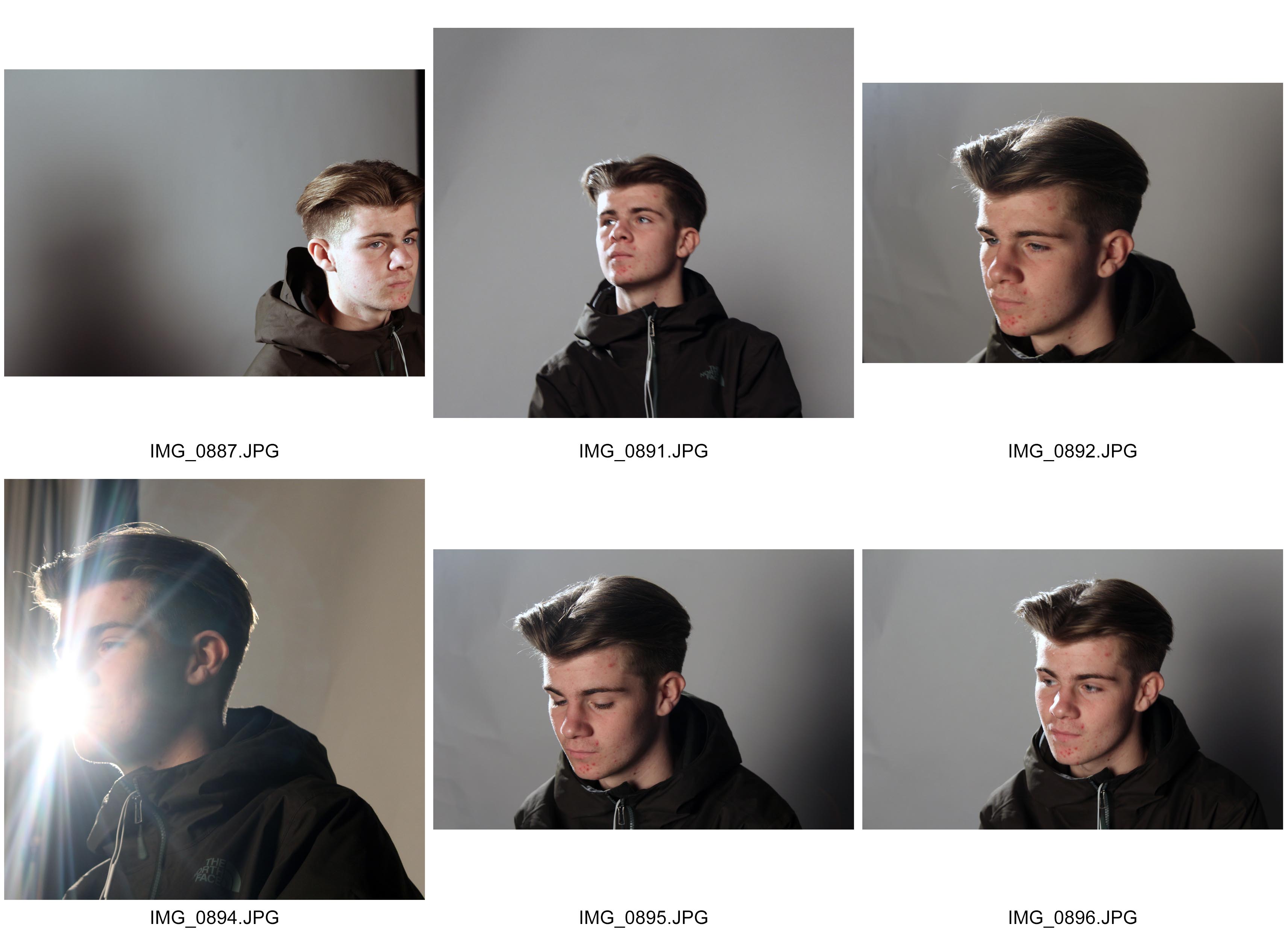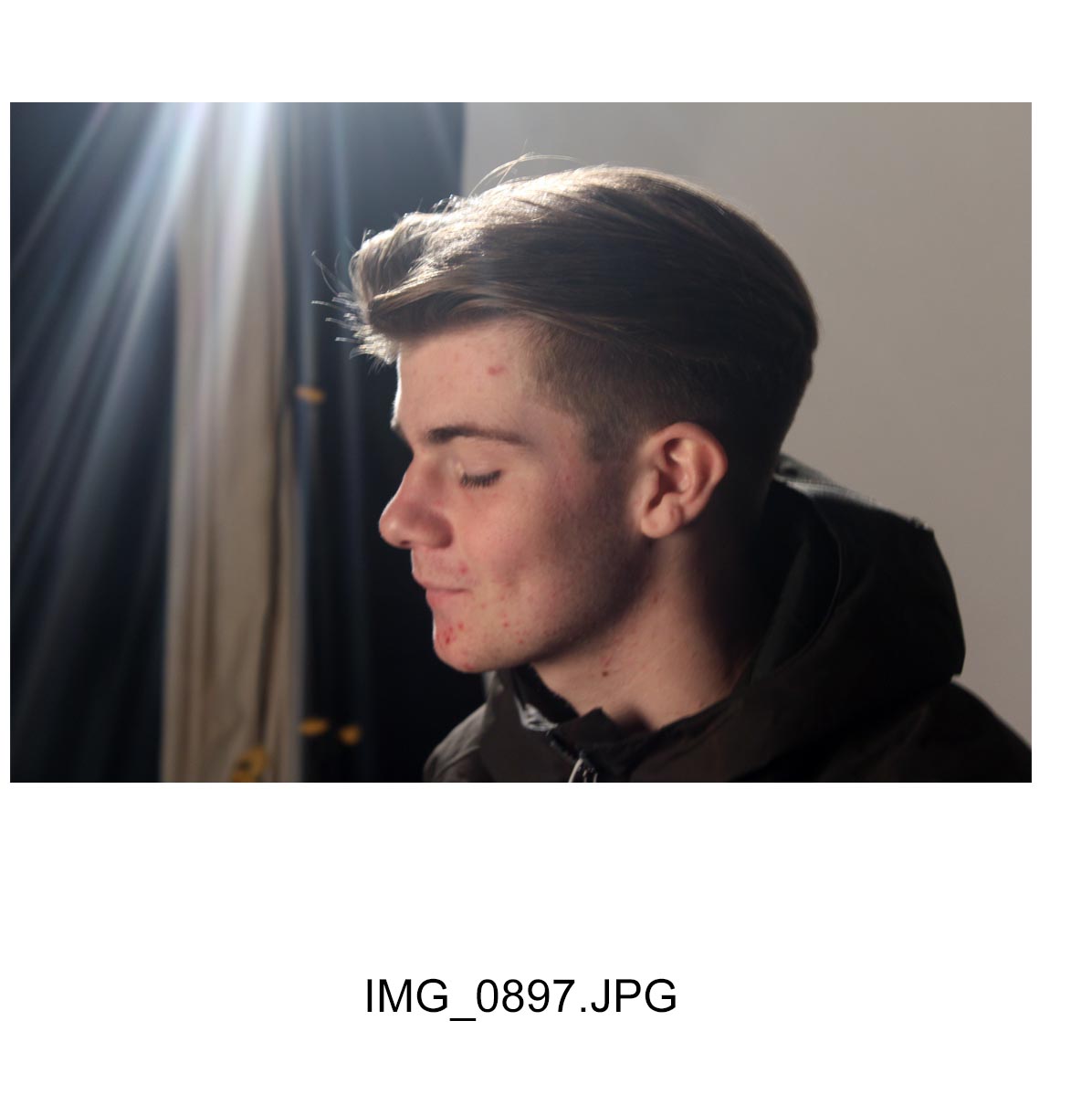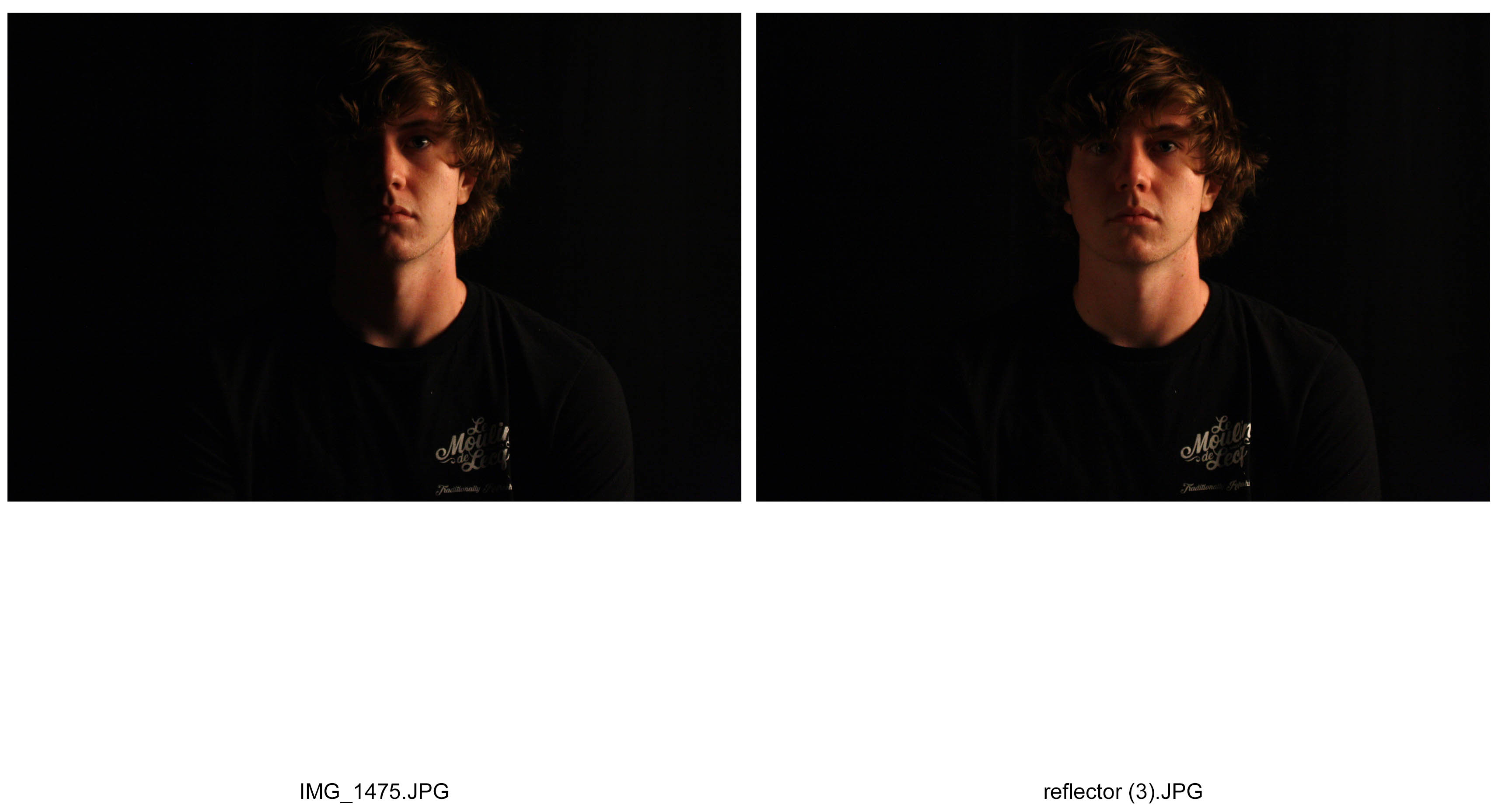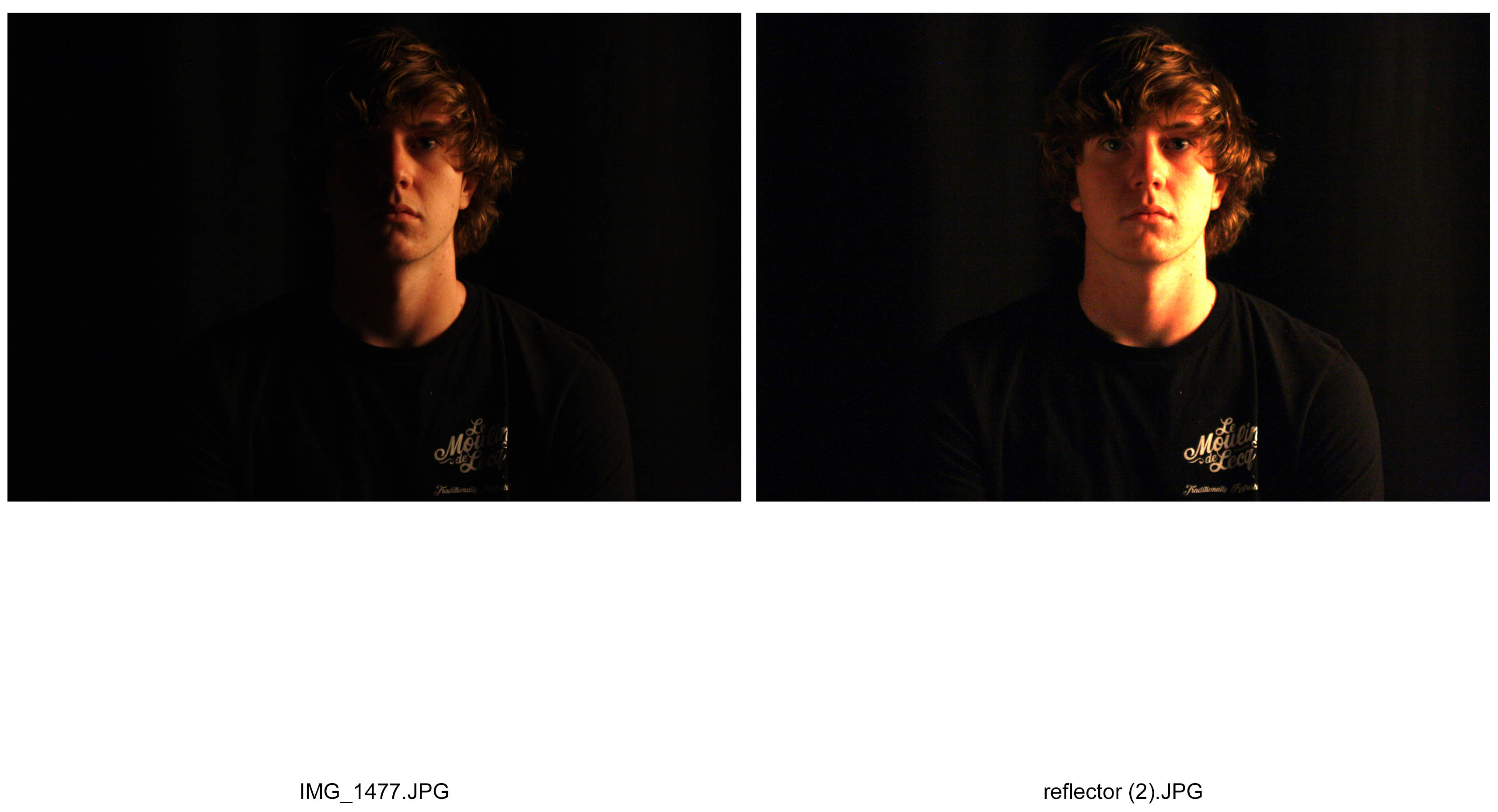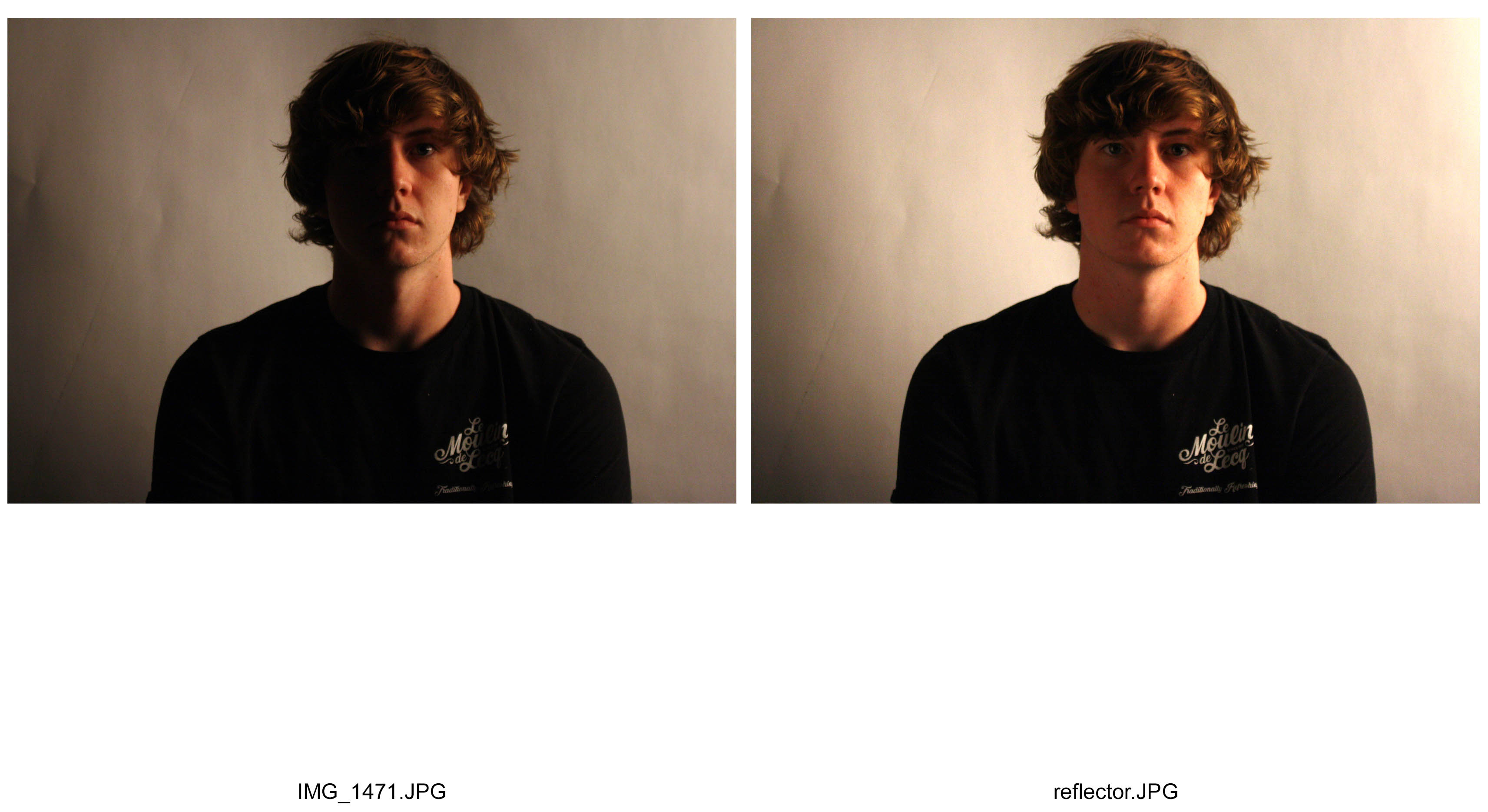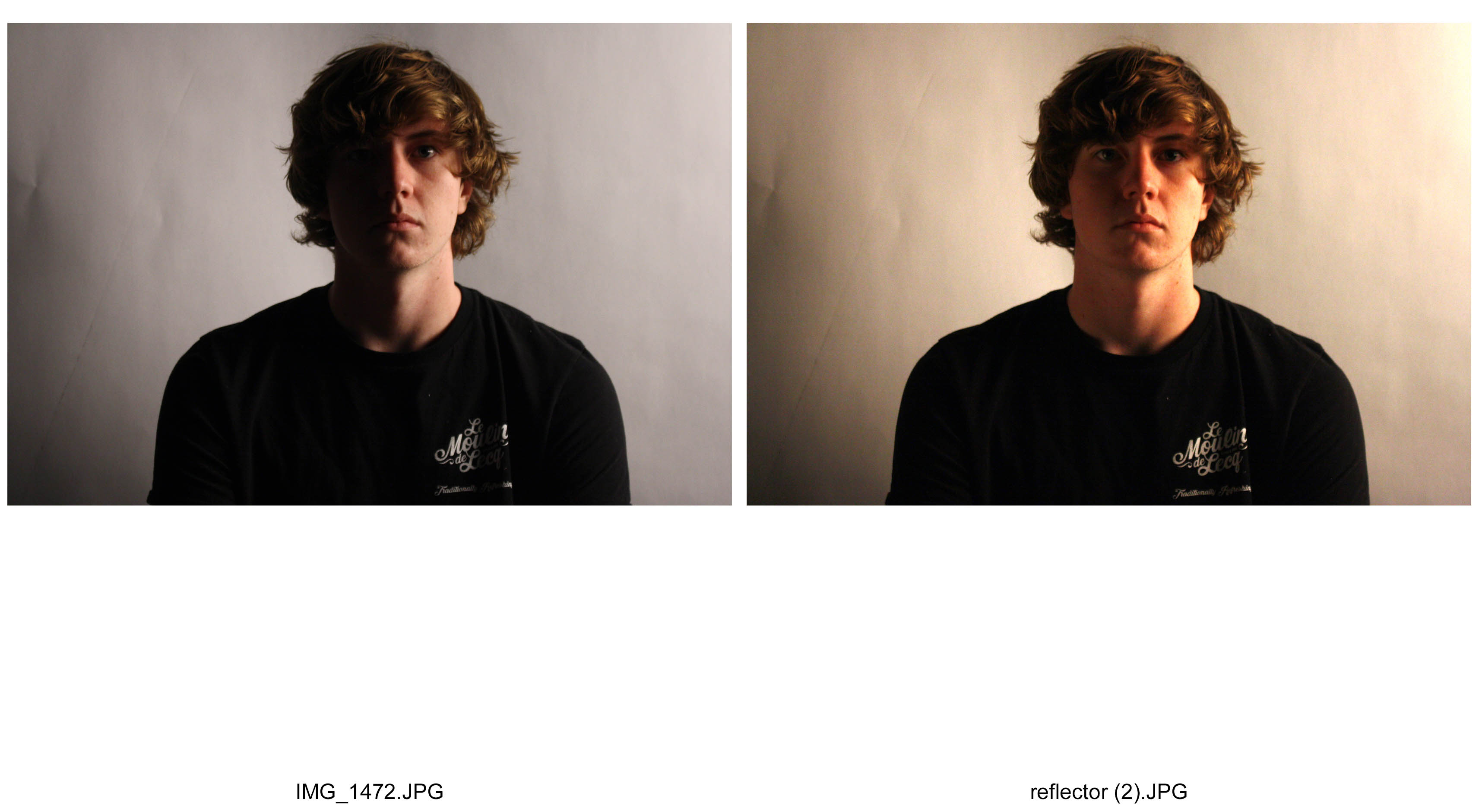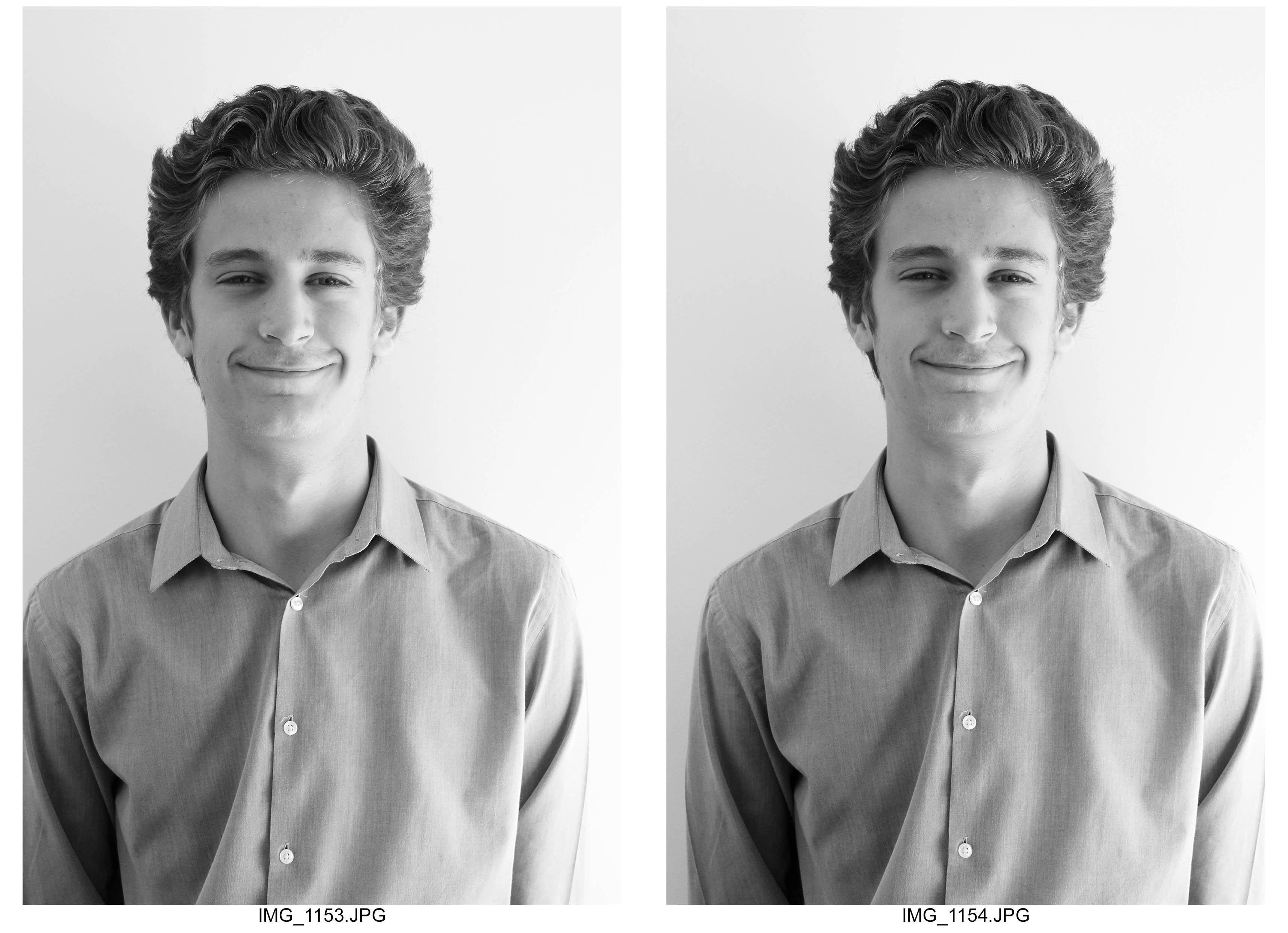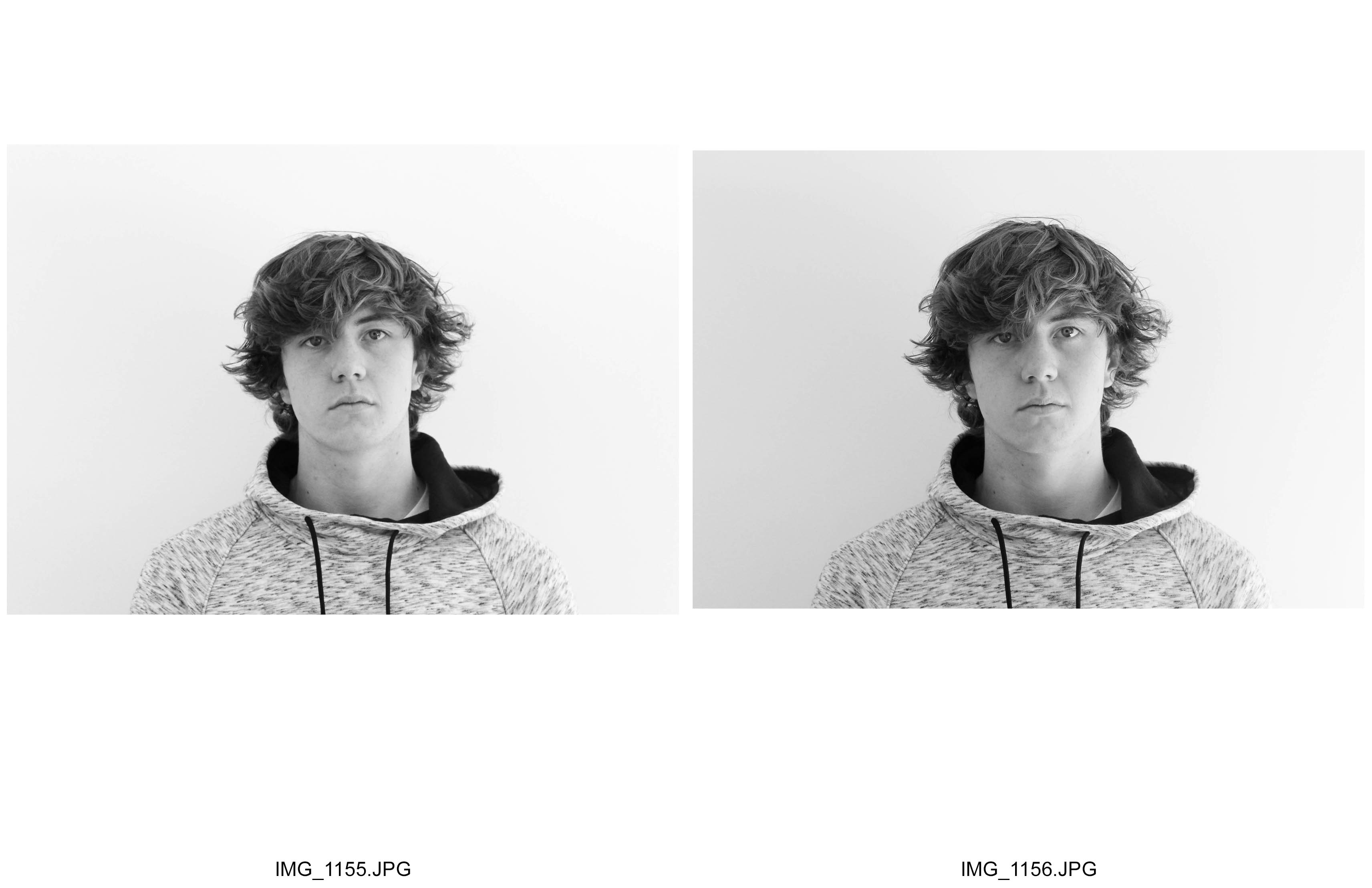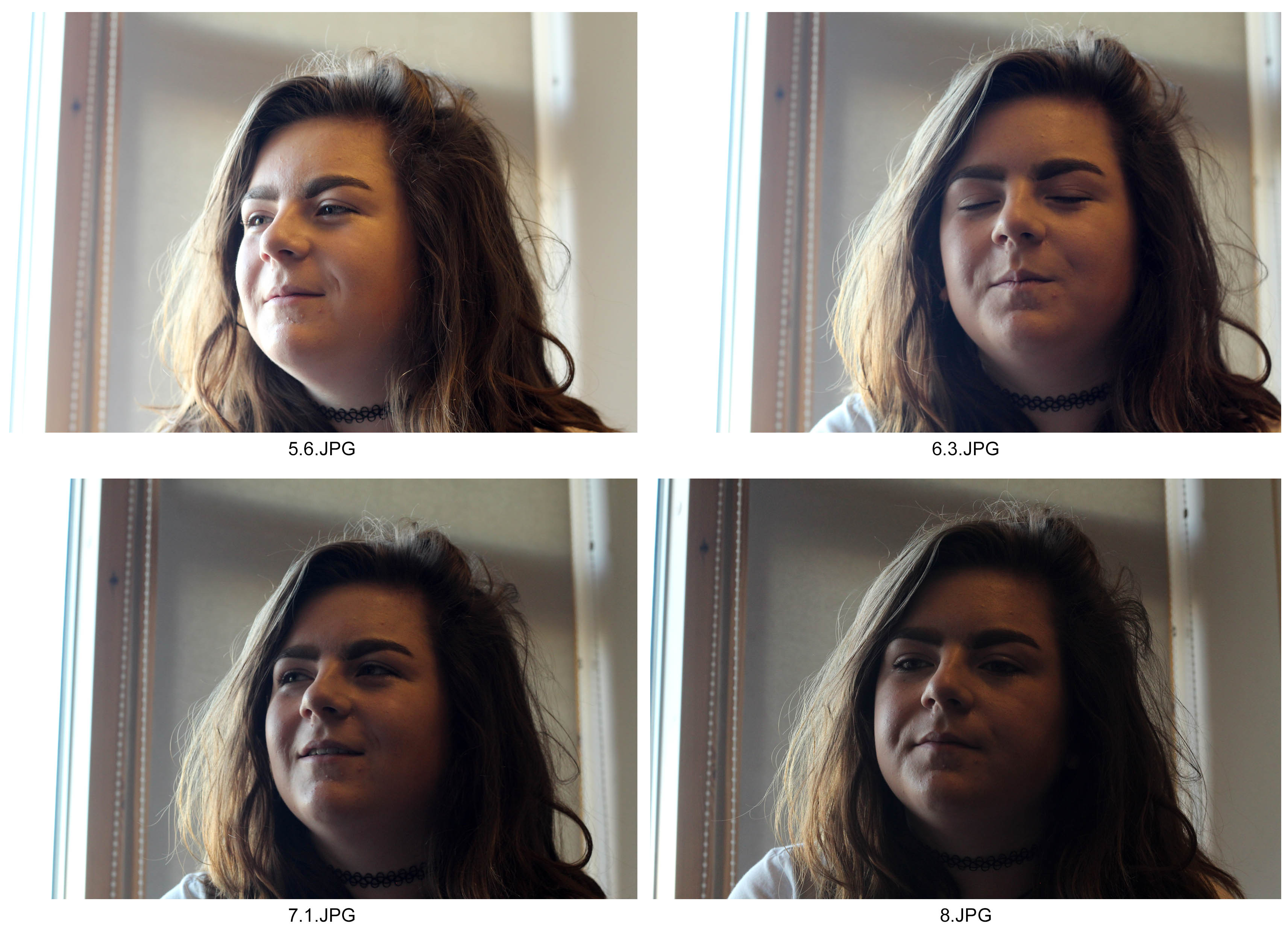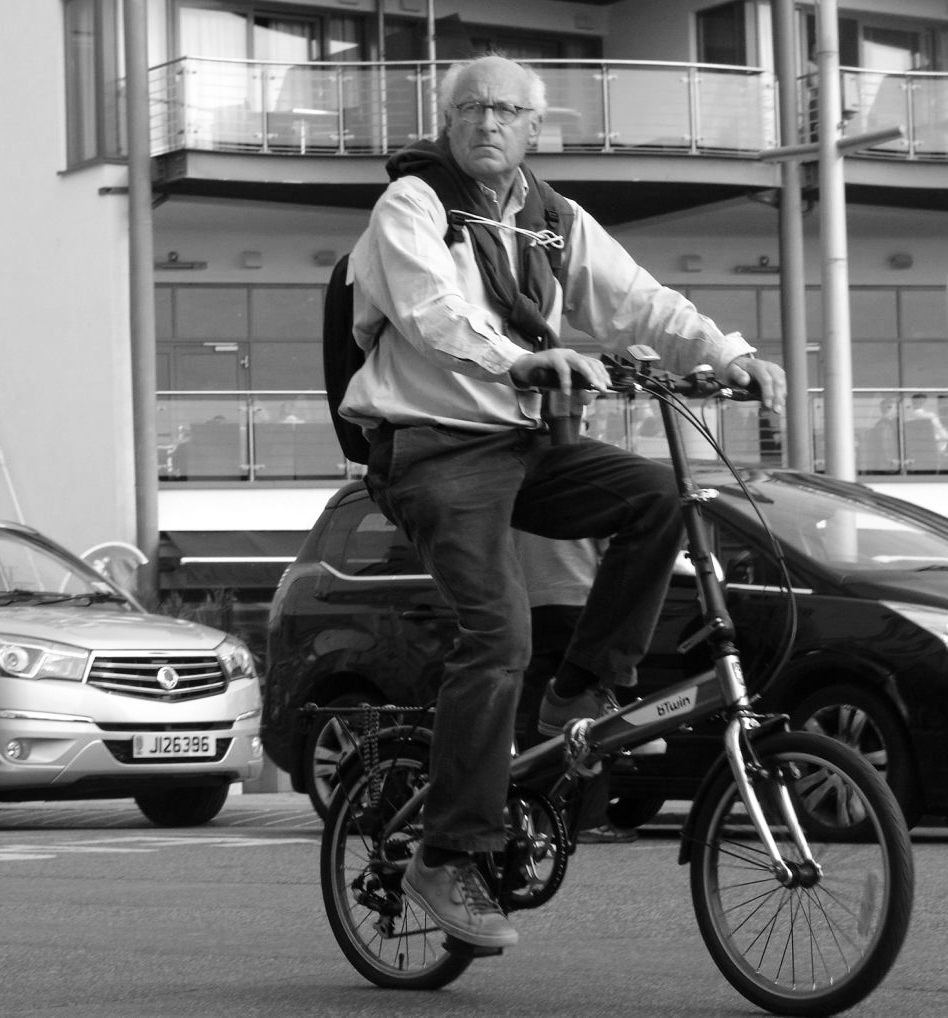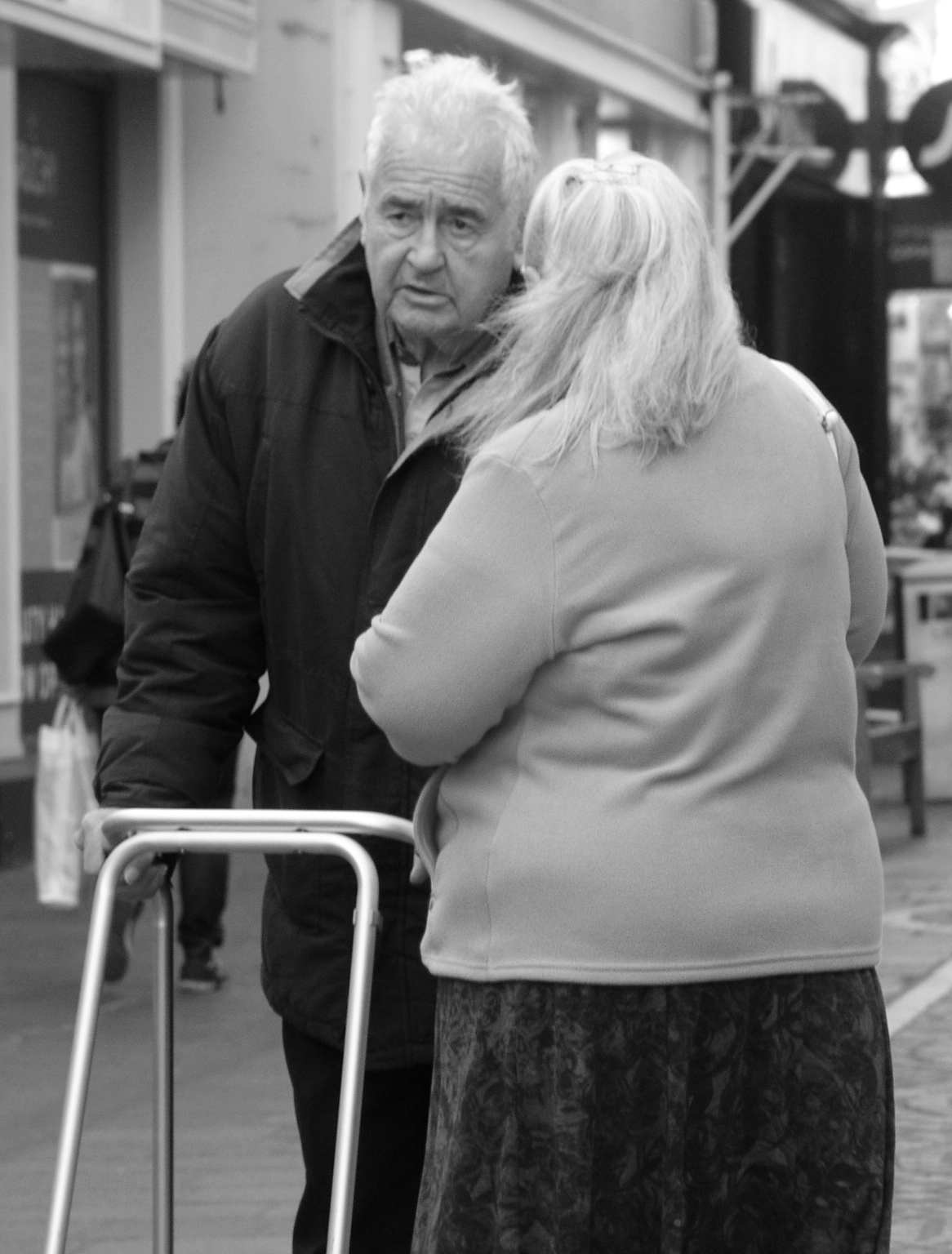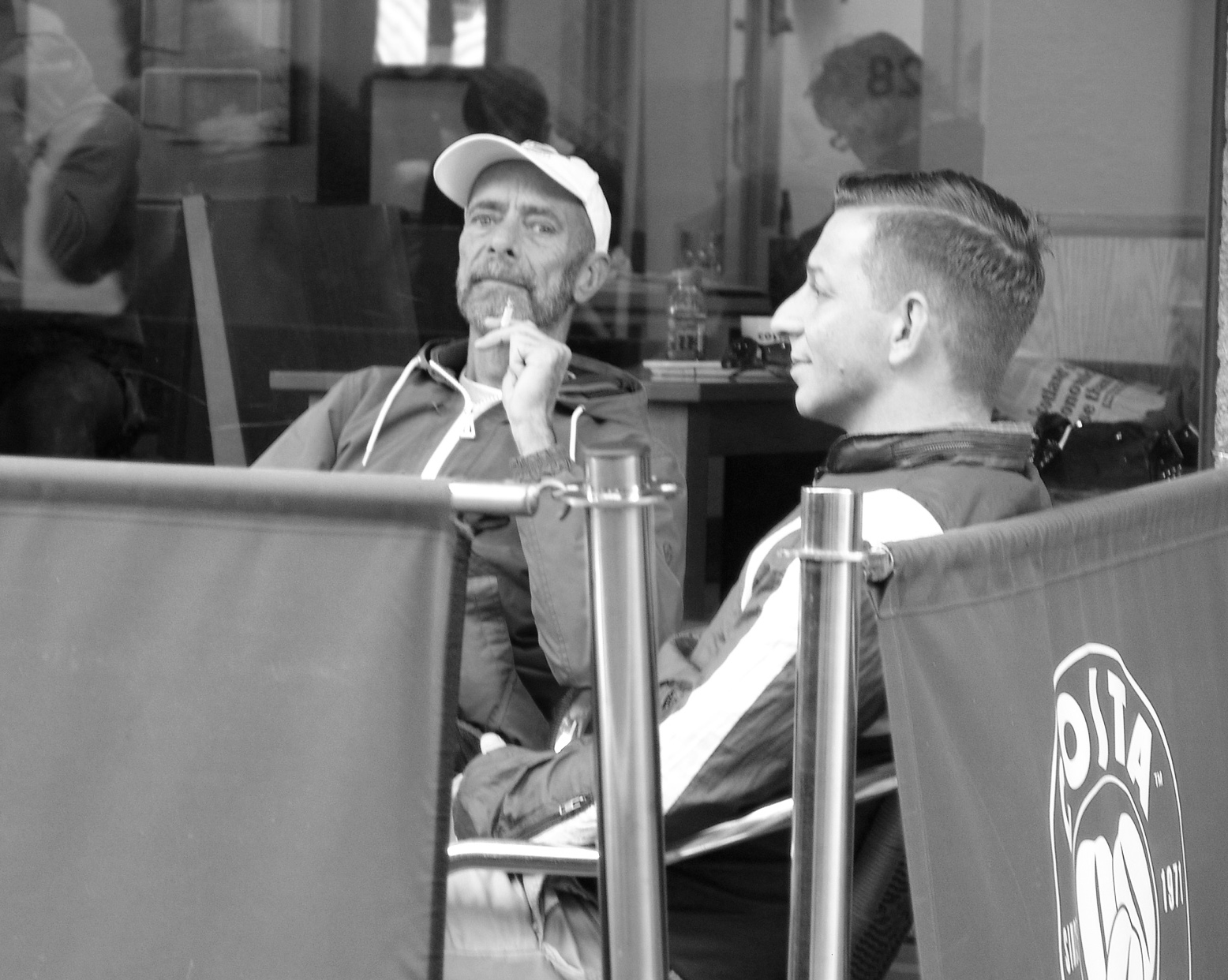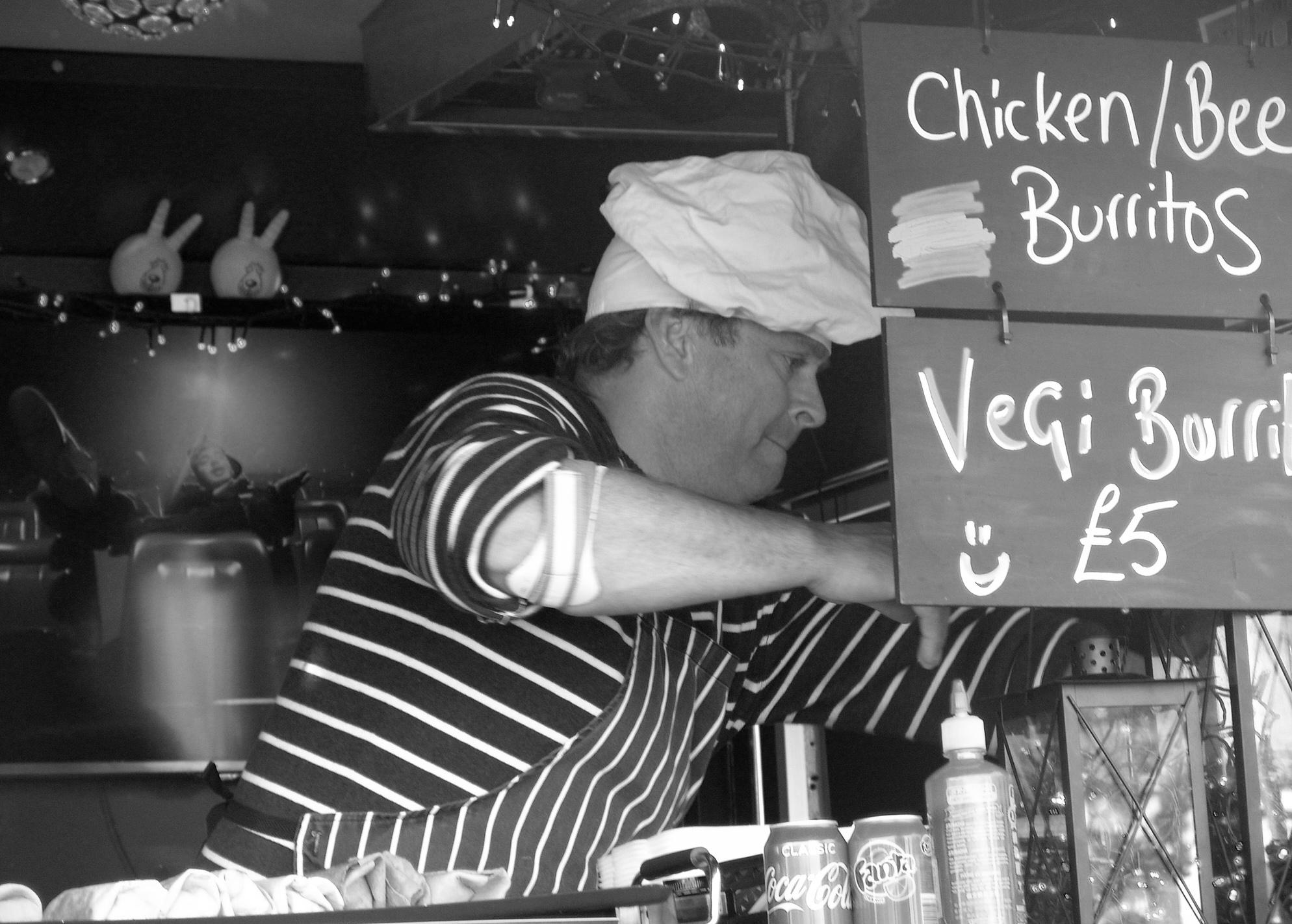Often we use 1 point lighting as a very simple source of light. We can use this lighting to highlight a specific area of an object. By doing this we show a strong contrast between this part and other parts of the photograph. For this reason, I personally prefer to use a black background as this makes the object’s dark areas such as the shadows and the background feel somewhat more connected projecting the lit up part of the photograph to stand out for the viewer. An example of this type of lighting:

2 point lighting can be useful to have the simplicity of 1 point lighting but to have the 3D of the object enhanced without turning up the 1 lighting point lighting exposing the risk of having too strong harsh lighting. This gives the photograph a slightly more comfortable and relaxed feel as the shadows aren’t as imposing as with 1 point lighting. An example of 2 point lighting:

3 point lighting is ideal for taking photographs where brighter tones of light are focused upon increasing the balance of light from the shadows. This can be used where some people who do not appreciate the effects of a balanced lighting of 2 point lighting and want more of an extreme feel of balance to their photographs. Having a heavy, strong presence of light impacting the object appears to be quite striking and imposing for a photograph whereas on the other end of the spectrum with 1 point lighting you have a lot of darker areas of light giving the photograph a gentler feel. An example of three point lighting:

Low key lighting is based on conveying a particular mood through the contrast. By doing this create a rather eeary atmosphere and therefore the environment of the photograph can appear tense. It can be used to support a model’s facial expression or body language, props etc. Often a great deal of the photograph will be in shadow, creating a chiaroscuro effect. For example:

High key lighting often portrays a more uplifting atmosphere to it. This is enhanced by having an increased exposure from the already strong light. By doing this, there is a lack of contrast. An example of this includes:












